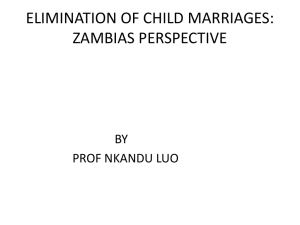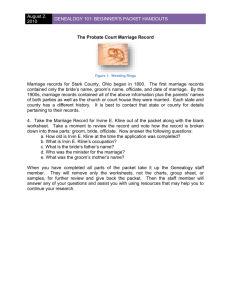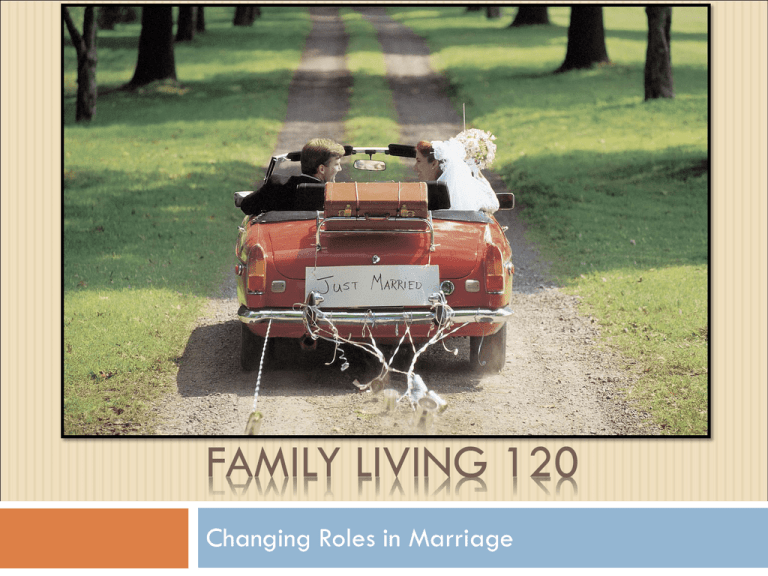
FAMILY LIVING 120
Changing Roles in Marriage
Reminders:
Article Assignments Now Due! If you have not submitted
yours please see me at the end of class.
Today’s Class Objectives:
Investigate the changing roles in marriage
Compare traditional roles of the past with today
Look closely at the “5 Types of Marriage”
Conflict-Habituated
Devitalized
Passive-Congenial
Vital
Total
All wedding rituals usually have two things in common:
A Ceremony held in public with witnesses, and;
Legal requirements that must be fulfilled.
Public ceremonies were important in preliterate
societies.
By 1215 the church had become the authority of
publically marry people.
Legal requirements still include a license, a brief
ceremony of some sort during which the couple signify
their consent before a minimum number of witnesses,
and the signing of a marriage document.
Religious Differences: Christianity, Islam, Hinduism
Roles for each sex in the past have been
gender oriented:
Men:
Breadwinners
Competitive
Strong
Unemotional
Dominant
Aggressive
Roles for each sex in the past have
been gender oriented:
Women:
Homemakers
Expressive
Able to express feelings
and provide emotional
support.
There is now more acceptance
that men can be gentle,
tender, responsive and
considerate.
More women enter the
workforce and they are
learning to be more
assertive in their behavior.
Men can no longer assume that a woman
will play a subservient role in the
marriage partnership.
Women can no longer assume that they
can expect financial support and security
in marriage.
Men are expected to obtain an income, but they
must also take equal responsibility in the home for
nurturing the other family members and for
maintaining the household.
Women are also experiencing changing roles. On
one hand, they are expected to meet the demands
made on them by their jobs. On the other, most
women still have prime responsibility for the home
and caring for the family members.
In Canada and other Western countries
divorce is on the rise.
This phenomenon has lead scholars to try and
determine the characteristics of successful
marriages, and what factors
contribute to making them
work.
Cuber and Harroff (1983) conducted
detailed interviews with 211 people.
They covered how they lived together,
expressed themselves sexually, raised
their children, and operated in the
outside world.
They found that the marriages
could be divided into five distinct
styles.
The Five Types of Marriage
Cuber and Harroff discovered
were:
1.
Conflict-Habituated
2. Devitalized
3. Passive-Congenial
4. Vital
5. Total
You will know take a minute to divide up
into 5 different groups.
You will randomly select one of the types
of marriage from a hat and your group
will have 10-15 minutes to devise a
skit/script.
At least 2 of your group will then come to
the front of class and act out your skit
depicting the 5 various types of marriage
to the class.
Any questions?
What did we learn?
The
roles within marriages is changing
(male/female roles).
The five basic types of marriages
which exist.
Next Week:
Stages
in a relationship
Adjusting to married life


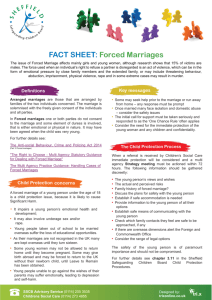

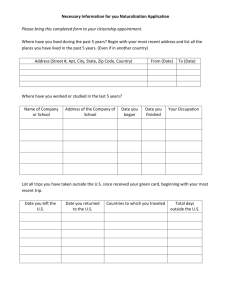

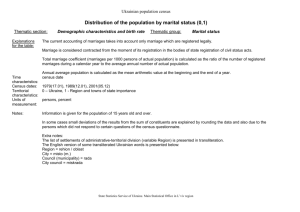
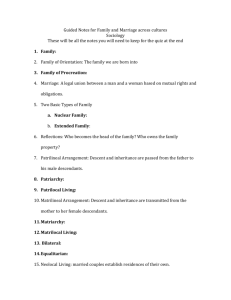
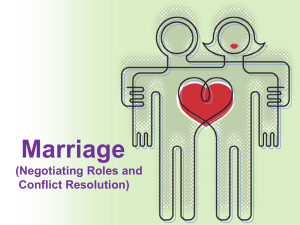
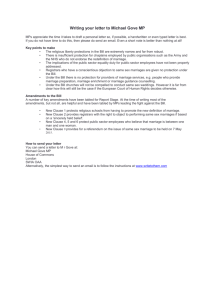
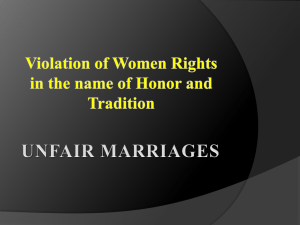

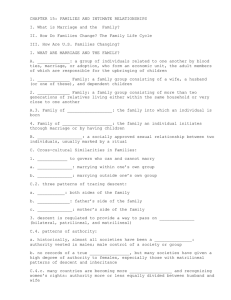
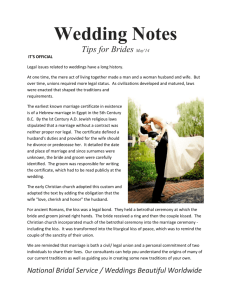
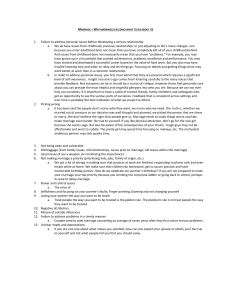
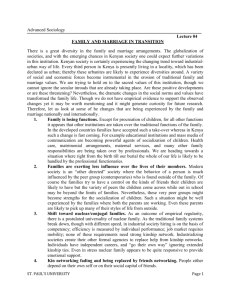

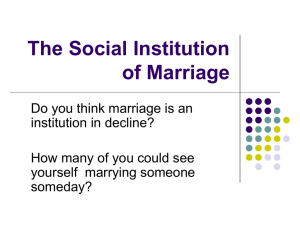
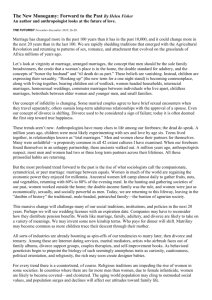
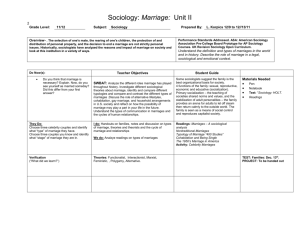
![Application for a Marriage Certificate [Word]](http://s3.studylib.net/store/data/006667772_1-b8d08b992ee6940ed10456ff6ea784ed-300x300.png)
